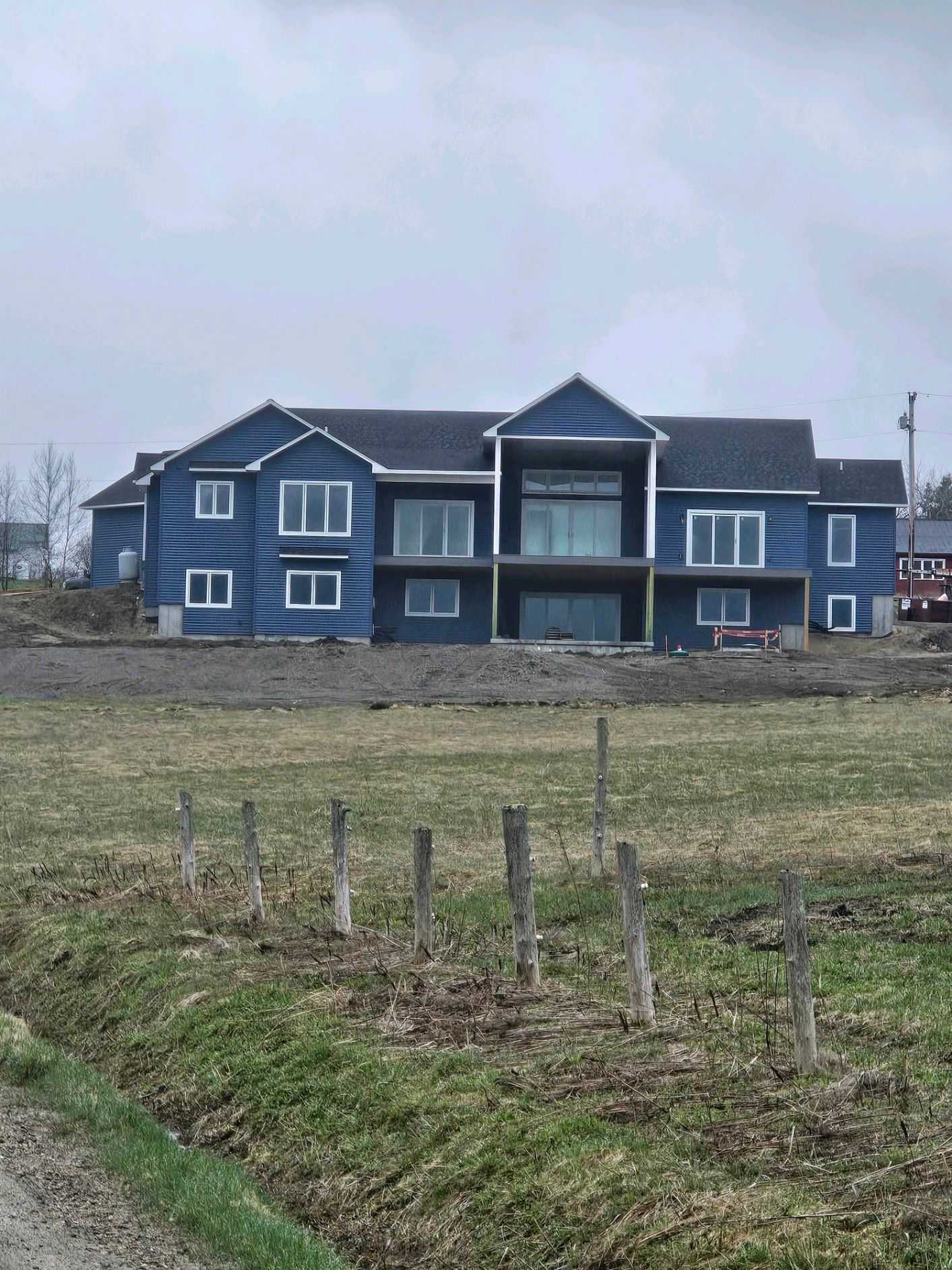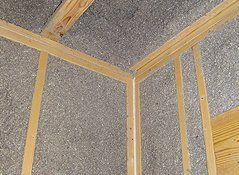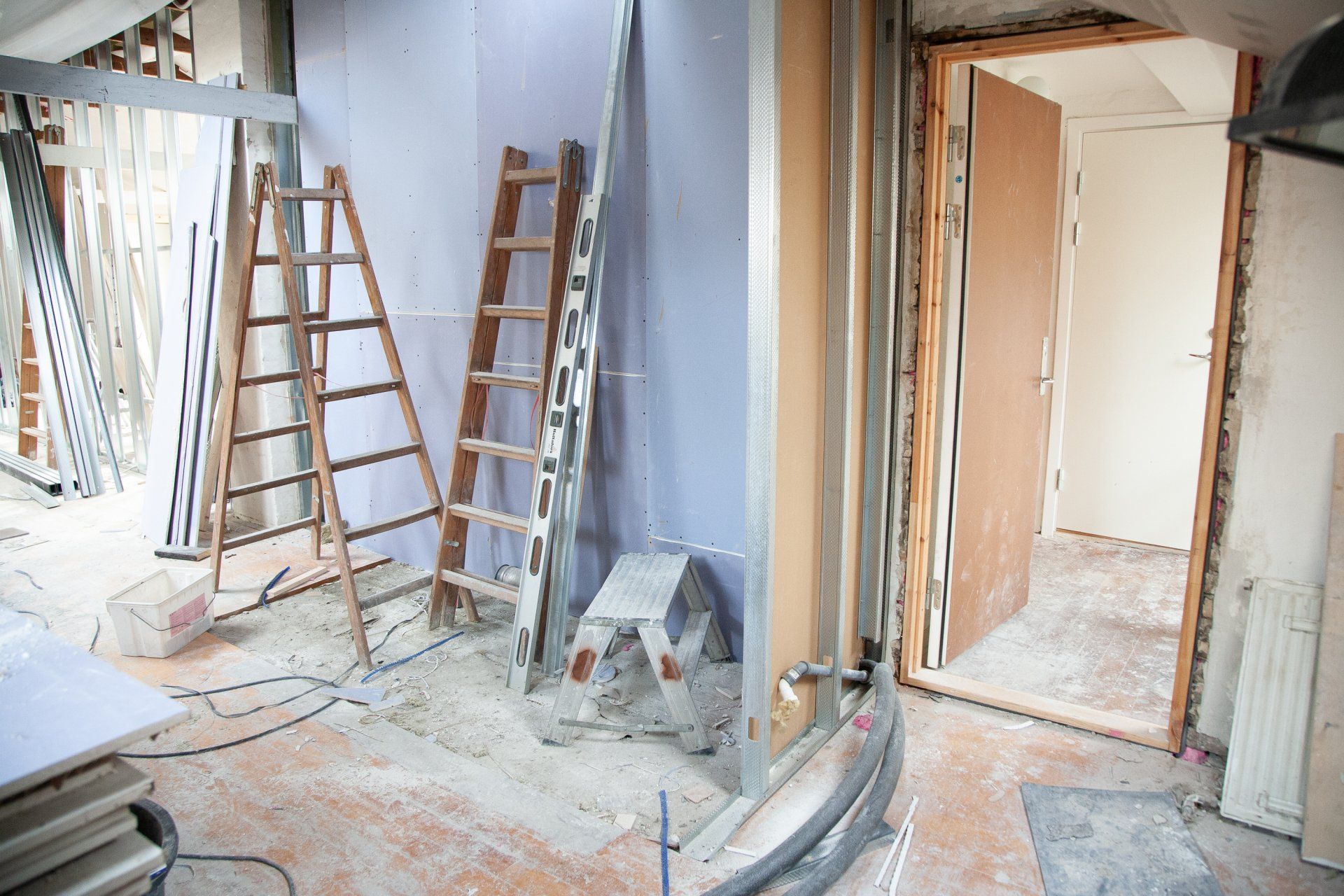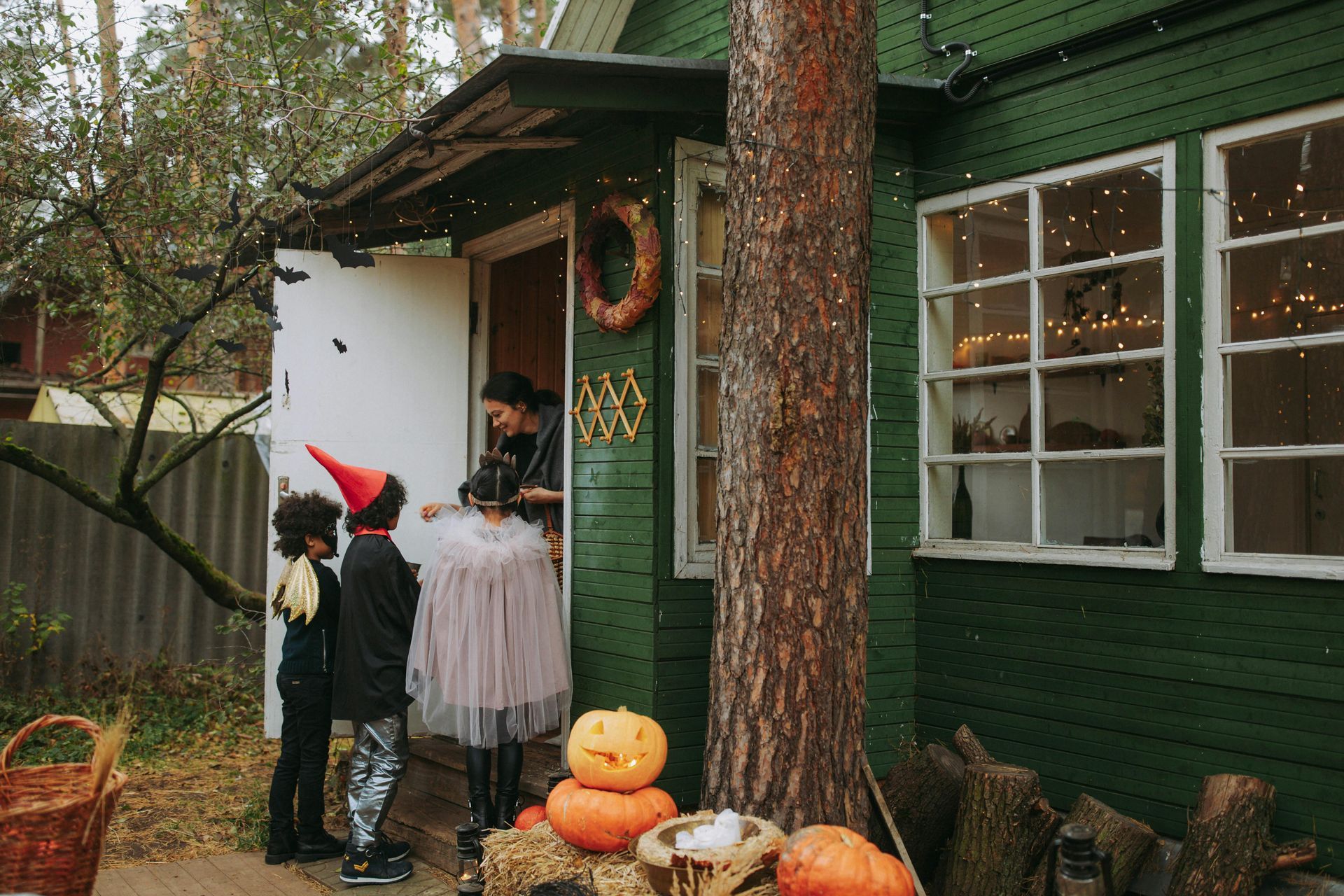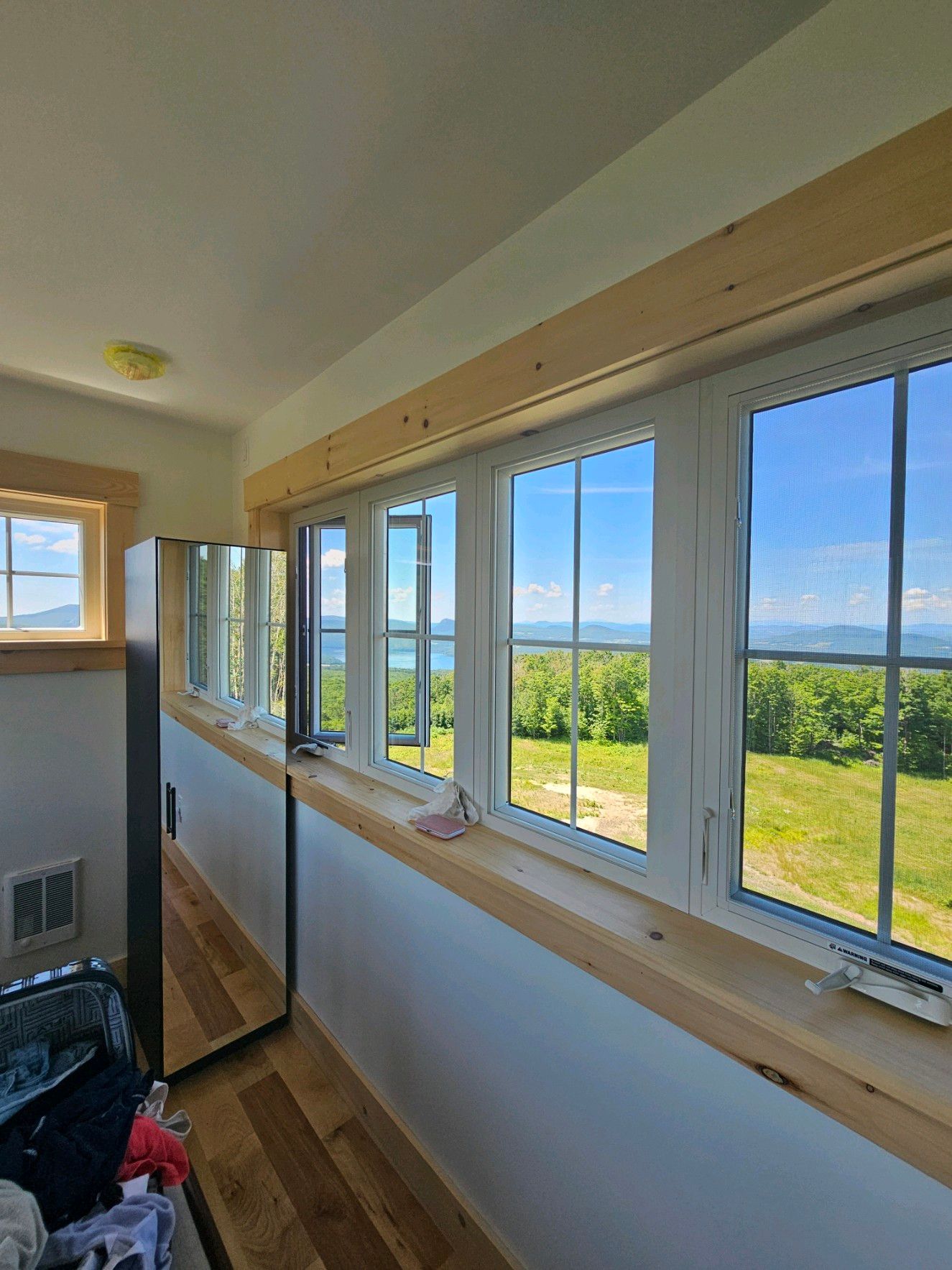Advantages of Cellulose Insulation
Thermal performance
The thermal performance of loose filled cellulose compares favorably to other types of insulation. The thermal conductivity of loose-fill cellulose insulation is approximately 40 mW/m·K (an R-value of 3.8 per inch) which is about the same as or slightly better than glass wool or rock wool. This doesn’t represent the whole picture of thermal performance. Other important aspects are how well the building envelope is sealed[clarification needed] from air infiltration, convective airflows, and thermal bridging.
Cellulose is very good at fitting around items in walls like pipes and wiring, leaving few air pockets that can reduce the overall efficiency of the wall. Dense pack cellulose can seal walls from air infiltration while providing the density to limit convection, when installed properly. The University of Colorado School of Architecture and Planning did a study that compared two seemingly identical test structures, one with cellulose and the other with fiberglass. The cellulose structure had used 26.4% less energy to heat. It also was shown to tighten the structure more than 30%. Subsequent real world surveys have cellulose performing 20-30% better at reducing energy used for heating than fiberglass.
Compared to foam insulation, cellulose has a lower R-value per inch, but is much less expensive; foam has a higher cost per equivalent R-value.
Sound insulation
Noise reduction is achieved in three ways with cellulose . The first is that cellulose completely fills cavities leaving few air pockets for sound to travel in. The second is the cellulose material's ability to trap air. The significant difference between noise reduction with cellulose and fiberglass is its density. Cellulose is approximately three times denser then fiberglass. This helps deaden the sound through walls and between floor levels.
Several installation options allow walls to have a Sound Transmission Class (STC) of 50 or greater. As a comparison, walls with fiberglass batts have an STC of 36-39, depending on stud and screw spacing.
Long-term cost savings
Cellulose's insulation qualities "can save homeowners 20 to 50 percent on their utility bills".
Fire retardation
The borate treatment also gives cellulose the highest (Class I) fire safety rating. Many cellulose companies use a blend of ammonium sulfate and borate. Although ammonium sulfate is normally odorless, unexplained emission of ammonia and a resulting ammonia smell has been found in some cases.
Mold and pest control
The borates in cellulose insulation in Newport, Vermont provide superior control against mold. Installations have shown that even several months of water-saturation and improper installation did not result in mold. Borate salts were used in the past to fight wildfires but were found to sterilize the soil, were toxic to animals, and are now prohibited.
It is a common misconception that the mere presence of crude borates in cellulose insulation provides pest control properties to the product. While boric acid itself does kill self-grooming insects if ingested, it must be presented to an insect in both sufficient concentration and in an ingestible form in order to achieve insect fatality. Proper testing of products containing borates must be performed in order to determine whether dosage and presentation are sufficient to kill insects. Once tested, registration with the EPA as a pesticide is required before a product may be touted as having pesticidal capabilities.
Information provided by Wikipedia VIA: wikipedia.org
